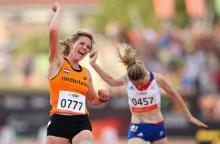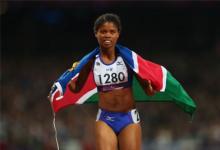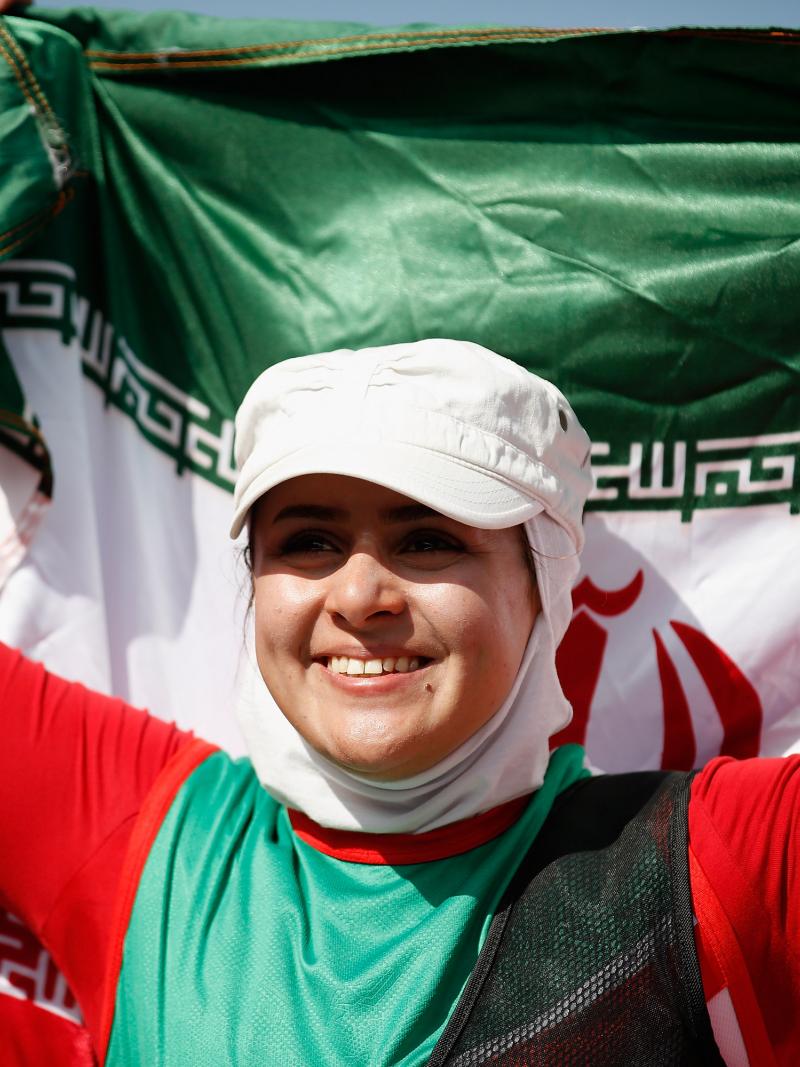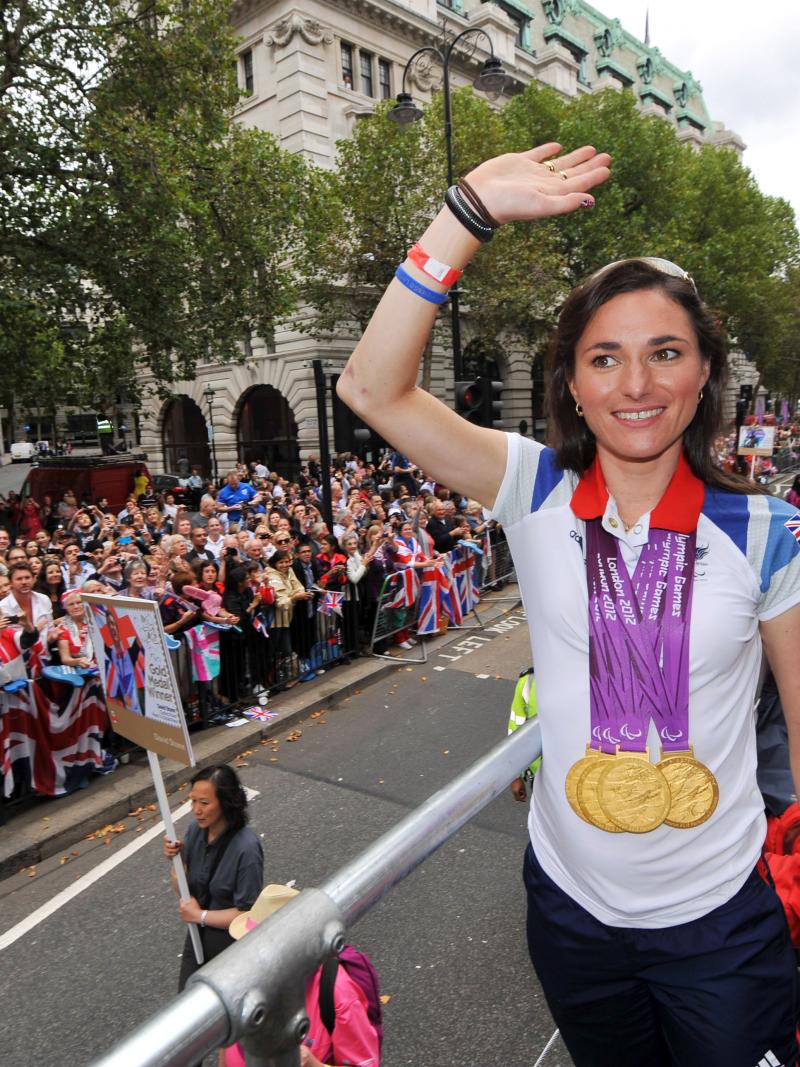IPC addresses need for more female Paralympians
A study has been carried out to assess the participation of female athletes at the Paralympic Games from 1996-2012, and the results have now come through. 20 Nov 2013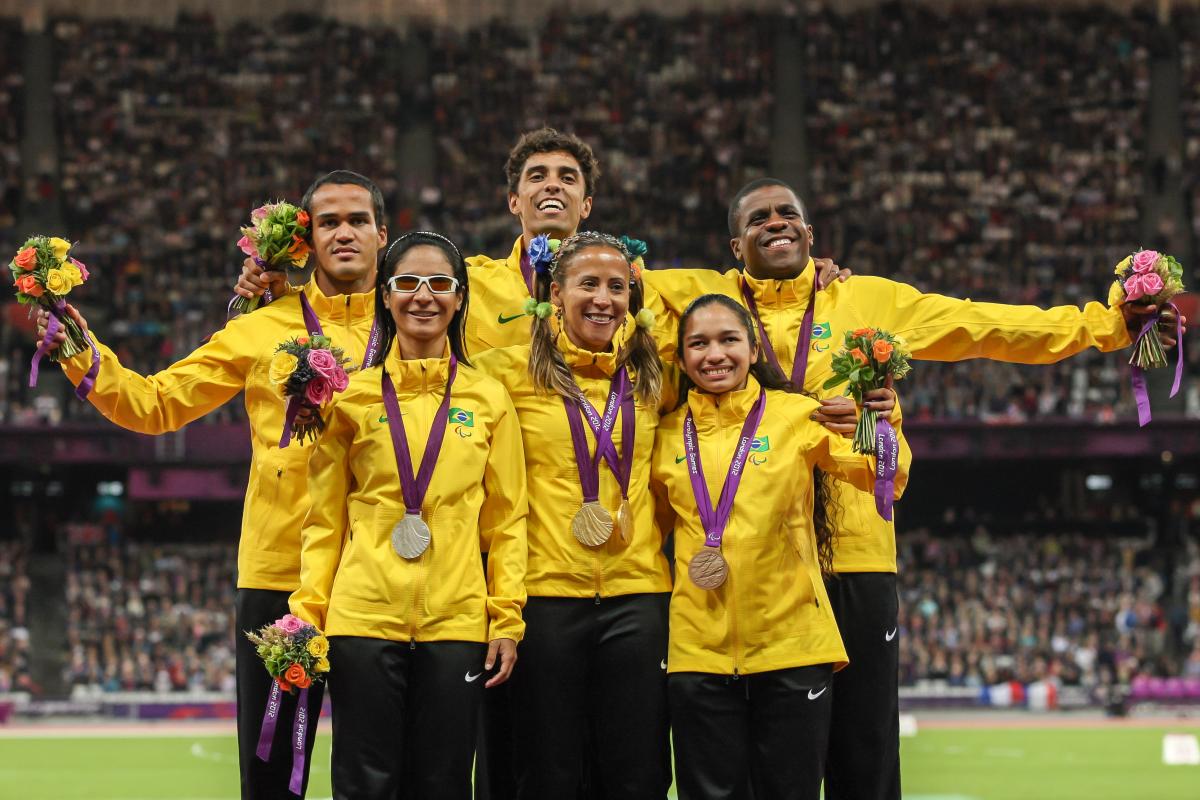
Jerusa Gerber Santos, Terezinha Guilhermina and Jhulia Santos
This growth is the outcome of the attention given to the issue of gender equality by the Paralympic Movement, however, continued efforts are required to maximise this growth.
During the 2011 IPC General Assembly, a motion was put forth to set up a reference group to further develop opportunities for female athletes in para-sport at all levels and in all structures.
Now, at the 2013 IPC General Assembly, members will receive a concluding report from a study by the IPC medical and scientific department that was requested by the IPC Paralympic Games Committee, which acted as the reference group.
The study, which addressed the participation of female athletes at the Paralympic Games from 1996-2012, found that during that time female participation in the summer Games increased steadily from 24.1 per cent to 35.4 per cent. In the winter Games, there was stable representation, with females making up for around 21 per cent of the participants in 1998, 2002 and 2006, and 24.1 per cent in 2010.
This growth is the outcome of the attention given to the issue of gender equality by the Paralympic Movement, however, continued efforts are required to maximise this growth.
Further detailed analysis is required to assess cultural diversity on a national level, as a significant number of nations still only had male athlete representation.
Football 5-a-side and football 7-a-side are the two sports on the summer Games programme that have no events for female athletes, while wheelchair rugby has changed its sport rules to allow female players to participate. On the winter side, ice sledge hockey has also amended its rules to include female players, however without any success thus far.
At the London 2012 Paralympics, 35 per cent of the athletes were female. Similar research will also be conducted following the Sochi 2014 Paralympic Winter Games, and the IPC has already compiled an overview of the projected events and numbers for the Rio 2016 Paralympic Games, at which 43 per cent of the athletes will be female.
The Rio 2016 programme will feature more female entries than ever in archery, athletics, boccia, cycling, shooting, swimming and sitting volleyball. 1,650 women are expected to compete - an increase of nearly 10 per cent on London 2012 and double the number in Atlanta 1996.
Women will compete in 224 medal events, a 12 per cent increase from London 2012.
In addition, American wheelchair racing Paralympic champion Cheri Blauwet has been appointed to draft a chapter on “The Female Paralympic Athlete” for an upcoming IOC Handbook on women’s issues in sports medicine. Blauwet will be writing about the aforementioned growth of females in para-sport, as well as how female athletes with impairment deal with public health implications, injuries and illnesses.





